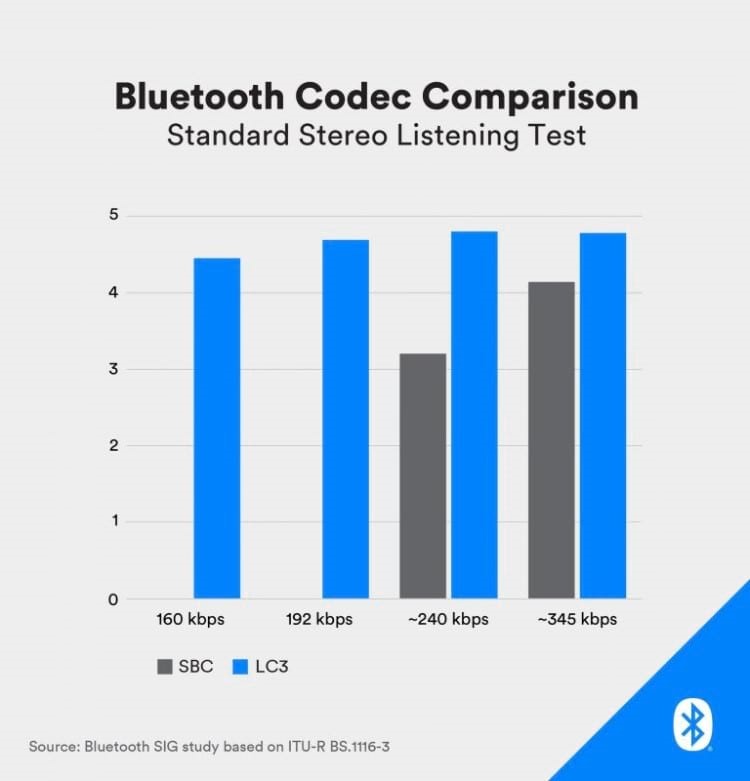
This means you can never revert to the original audio format with the same audio data because that lost data would have been thrown away forever.įor example, WAV is an audio format that sometimes contains lossless or lossy audio. You can encode as joint stereo or stereo depending on various considerations. With MP3, the type of encoding method is also important. For example, one of the biggest things lower bitrate formats take away is the bit depth, which in turn affects the dynamic range of the music. They use algorithms that cut away noise and frequency and other parts that the human ear cannot hear. Lossy Compression: Lossy compression involves smaller file sizes because it is essentially throwing away parts of the audio file that you don’t necessarily need. Lossless vs LossyįLAC is lossless and MP3 320kps is lossy. As such, comparing MP3 and FLAC is similar to comparing FLAC vs AAC. MP3 has existed since 1995 and since then the AAC format has been developed to replace it, though not completely successful.
#256 KBPS VS 320 KBPS 320 KBPS#
320 kbps is a high-quality bitrate and so MP3 320 kbps is a high-quality MP3 format. MP3 320 kbps is a specific encoding of MP3 in 320 kbps bitrate. Moreover, each time you convert it into another format, you will continually lose audio information. Now, because, it is compressed, you will also lose some audio information that you cannot recover. This makes MP3 a lossy audio format (we will explain more below). Moreover, the file size is relatively small due to compression. The great benefit is that this format is compatible with almost all modern devices. Today, it is one of the most popular audio formats for music. MP3 320kbs: MP3 stands for lossy MPEG-1 or 2 Audio Layer III format. It also means that with a FLAC file, you can recode it into any other lossless audio format without worrying about losing information.įLAC is generally compatible with a wide range of devices including most PCs, streaming devices like Roku, smartphones, receivers, Blu-ray players, and even car stereo systems. Today, it is becoming increasingly popular for audiophiles because the codec is lossless meaning there is no loss in audio quality (we will explain more below). In fact, it is the fastest and most widely supported lossless audio codec. It is an open-source file format that offers CD-quality audio sound at half the size.
#256 KBPS VS 320 KBPS FOR FREE#
What is the difference between FLAC and 320 bitrate?įLAC: FLAC stands for Free Lossless Audio Codec.

#256 KBPS VS 320 KBPS 320KBPS#
Otherwise, continue reading further to understand the difference between 320kbps vs FLAC. You can check out other similar audio codec comparisons here: Supported many music players and platforms. Supported by almost all music players and platforms
In this article, we will take a deeper dive into 320kbps vs FLAC with a detailed comparison of all you need to know about each audio format and how they stack up against each other. In fact, in theory, an excellent recording quality in 320 can sound better than a poor quality track in FLAC. However, in terms of real-world usage, FLAC will not stand out that much for most people, if any at all. This means you would need high-end headphones/speakers and high-quality music for even an audiophile to spot the difference. The truth is normally, you won’t hear a difference when listening to 320kbps vs FLAC unless you have well-trained ears and you are using high-definition audio equipment.

Some people will say yes, others will say no, others will say it depends. As an Amazon Associate, we earn from qualifying purchases made on our website.Ī common question that pops up when discussing 320kbps vs FLAC is can you hear a noticeable improvement in audio quality when listening to FLAC music files vs 320kbps (320 bitrate or MP3 320kbps or just 320 MP3)?


 0 kommentar(er)
0 kommentar(er)
